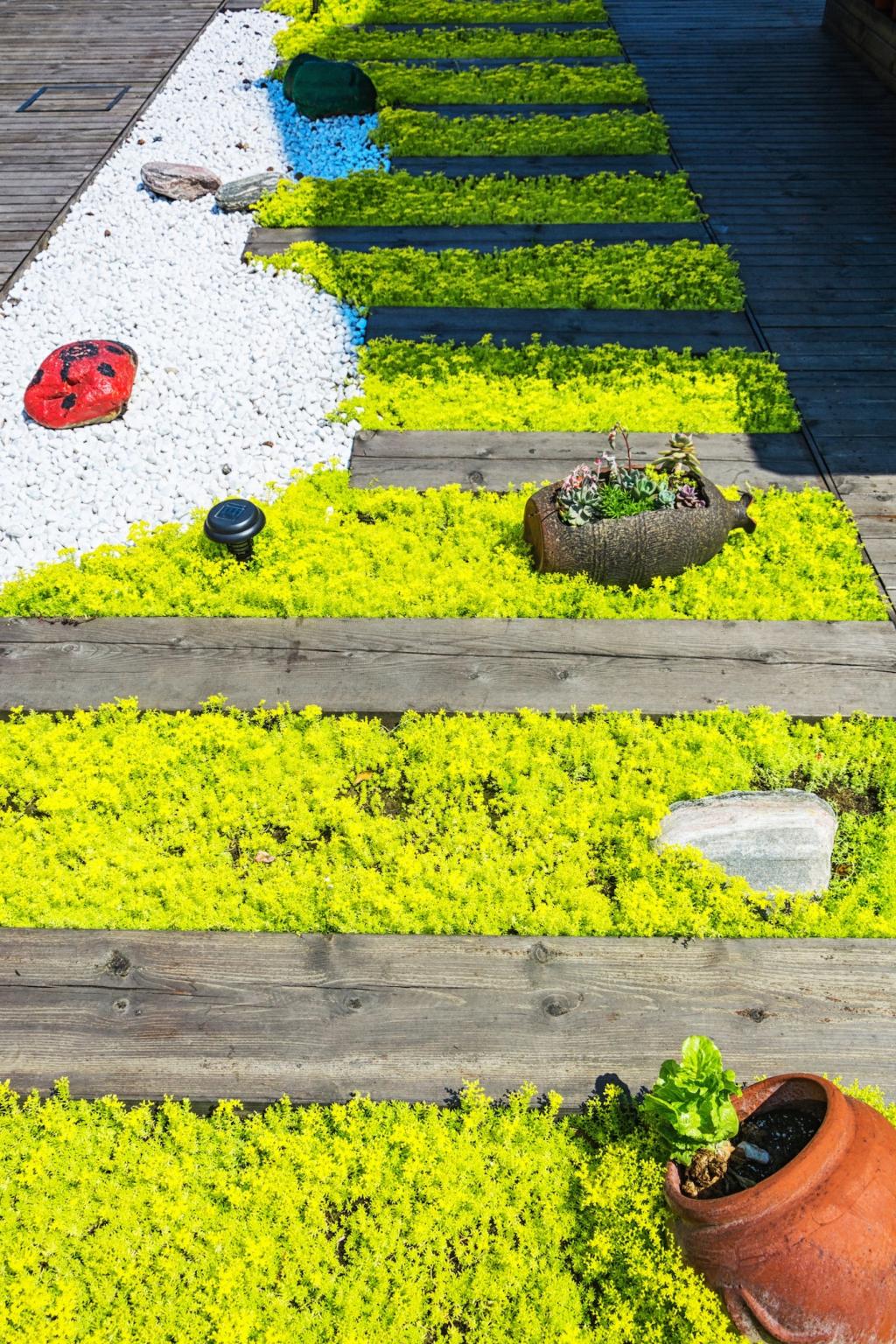Xeriscaping: Beautiful in Drought
Improve drainage with compost, then group plants by water needs. Drip lines target roots efficiently, and mulch locks in moisture, making eco‑friendly lawn alternatives thrive even during long, punishing dry spells.
Xeriscaping: Beautiful in Drought
Use gravel swales, boulders, and architectural plants for year‑round interest. Silvery foliage, spiky accents, and low mounds create patterns that feel intentional, elegant, and calm without relying on constant watering.








